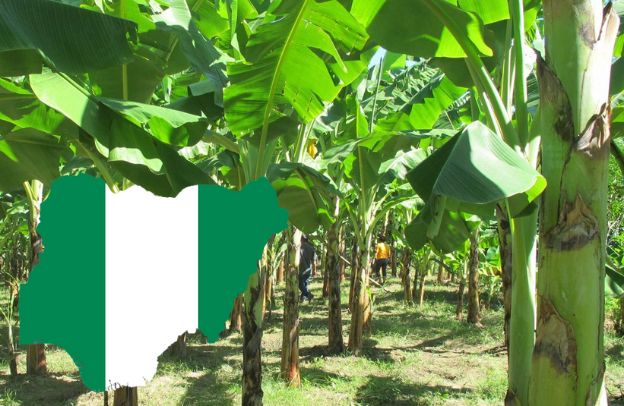Growing Together: Building Community Through Collaborative Agribusiness Storytelling

Do you want to learn about how to build community through collaborative agribusiness storytelling? Then you are in the right place. As you might already know by now, business storytelling is a tool that transcends the mere exchange of goods and services. Instead, it weaves connections between producers, consumers, and communities.
Want to learn more about storytelling? Start by downloading the first chapter of The Storytelling Mastery.
In this article, we will delve into the art of collaborative storytelling within the agribusiness industry, uncovering its potential to foster community, drive engagement, and inspire change. Now, let’s dive deep into the conversation.
The Power of Storytelling in Agribusiness
At its core, storytelling is a universal language that transcends barriers of geography, culture, and time. It’s how we make sense of the world around us, how we connect, and how we impart meaning to our experiences.
In agribusiness, where the narrative often revolves around yield, efficiency, and profit margins, storytelling offers a unique opportunity to humanize the industry, to breathe life into the fields and barns that sustain us. And most importantly it helps to create a deeper connection between the farmers and the consumers of the farm products.
Consider, for example, the tale of a family-owned farm that has weathered generations of hardship and triumph. Through the artful retelling of their story – of struggles against nature’s whims, of innovations born out of necessity, of traditions passed down through the ages – they forge a bond with consumers far beyond the transactional exchange of goods.
Suddenly, buying a carton of eggs becomes more than just a mundane chore; it becomes an act of solidarity with a community of hardworking farmers, a vote of confidence in their way of life. This is what lies behind the effectiveness of storytelling in agribusiness, to breathe life into the business and strengthen the connection with the clients.
Collaborative Storytelling and Uniting Agribusiness Communities
Yet, the true power of storytelling lies not in the individual enterprises, but in the collective narratives woven by entire communities. Collaborative storytelling, as its name suggests, is about coming together where the farmers, ranchers, processors, distributors, retailers, and consumers co-create a shared narrative that celebrates the interconnectedness of the agricultural ecosystem.
In recent years, we have witnessed the rise of collaborative storytelling initiatives that seek to bridge the gap between producers and consumers, urban and rural, tradition and innovation.
Take, for instance, the “Know Your Farmer, Know Your Food” campaign launched by the United States Department of Agriculture (USDA).
By highlighting the stories of local farmers and food producers, this initiative aims to educate consumers about the origins of their food and the importance of supporting local agriculture.
Now, how do you go about crafting your agribusiness narratives? That is an important conversation. So, let’s check it out.
Building Your Agribusiness Narrative
Crafting a compelling narrative for your agribusiness is not merely a marketing exercise; it’s an exercise in identity formation, a reflection of who you are and what you stand for. Your narrative should be rooted in authenticity, drawing from the unique history, values, and aspirations that define your brand. Start by asking yourself:
- What sets us apart?
- What values do we hold dear?
- What stories do we want to tell?
Perhaps you are a small-scale organic farm owner committed to sustainability and environmental stewardship. Your narrative might revolve around the journey of seed from soil to table, tracing the footsteps of farmers who nurture the land with care and respect for future generations.
Or maybe you are a large agribusiness conglomerate seeking to rebrand in the face of mounting consumer skepticism. Your narrative could center on transparency and accountability, inviting consumers behind the scenes to witness firsthand the rigorous quality control measures and ethical practices that govern your operations. Depending on where you are in the world of agribusiness, you might approach the storytelling differently.
However, the grand objective of creating better connections and giving a human face to your agribusiness will always remain the same. So, make sure to pay attention to that and that leads us to tools and techniques.
Tools and Techniques for Effective Storytelling
In the digital age, storytelling has evolved beyond the confines of print media and spoken word. Today, we have at our disposal a myriad of tools and techniques – from social media platforms to immersive multimedia experiences. All these tools, including Artificial Intelligence and other new forms of technologies, allow us to better engage with the audiences in new and innovative ways.
Consider the rise of “agri-influencers” on platforms like Instagram and YouTube, who leverage the power of visual storytelling to showcase the beauty and diversity of agriculture.
Through stunning photography, captivating videos, and personal anecdotes, these influencers offer consumers a glimpse into the daily lives of farmers and ranchers, forging connections that transcend the digital divide.
But effective storytelling isn’t just about flashy graphics and catchy slogans; it’s about authenticity and sincerity. It’s about having the courage to share not only your successes but also your failures, your challenges, and your aspirations.
It’s about inviting your audience to be part of the story and to join you on your journey towards a more sustainable, equitable future.
See also: Cultivating Consumer Trust: The Power of Transparency in Agribusiness Storytelling
Conclusion on Building Community Through Collaborative Agribusiness Storytelling
I would love to conclude this article by saying that in the ever-evolving landscape of agribusiness, storytelling will remain a powerful tool for building community, driving engagement, and inspiring change.
Think of such initiatives as collaborative storytelling where producers, consumers, and communities come together to co-create a shared narrative that celebrates the interconnectedness of the agricultural ecosystem.
So, let us raise our voices and share our stories, for it is through our collective storytelling that we will truly grow together.
Want to learn more about storytelling? Start by downloading the first chapter of The Storytelling Mastery.





